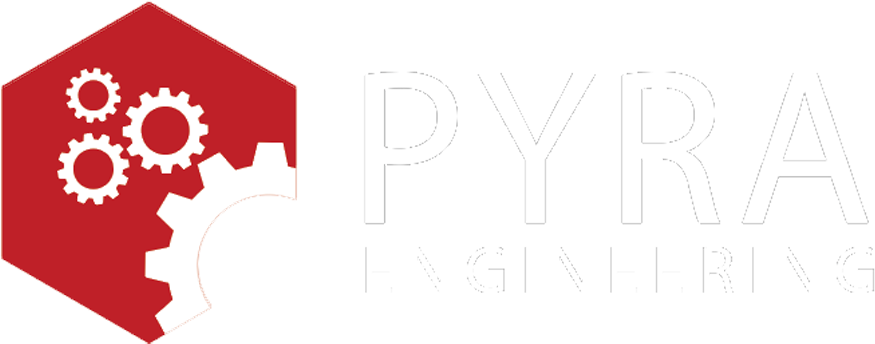LEED Certificate LEED Certificate LEED Certificate LEED Certificate
What is the LEED standard?

LEED is an internationally recognized, validated, and approved system of green architecture standards for buildings that provides third parties and certification that a building or public property is designed and constructed. Building on standards aimed at improving efficiency, combined with standards of energy-saving, drainage efficiency, reduction of CO2 emissions, improvement of living environment quality, and improvement of management capacity. resource management and the building’s flexibility to adapt to change.
Developed by the US. Green Building Council (USGBC), LEED provides owners, as well as managers with a solid basis for defining and implementing qualified “green architecture” solutions. standards and feasibility such as design, construction, operation, and warranty.
LEED is a very convincing standard because of its versatility and because it is easily applied to all types of buildings – from commercial to residential. It works throughout the construction process – design and builds, operation and maintenance, empowering people with significant innovations. And LEED extends its interests beyond specific, backward construction fields into related fields in the development process.
What value does LEED bring?
Being LEED certified means that the building is water and energy efficient, emits less CO2, and makes good use of local resources, helping to reduce energy use in production and operation. transfer. In parallel with the boom in the Greenmarket such as organic food, energy-efficient hybrid vehicles, etc.
Green architecture is attracting the attention of planners, investors, and designer. Buildings that meet green and environmentally friendly standards always win sympathy and are also the first choice of customers today. It is the presence of the LEED standard with the global value that helps save energy and use energy efficiently in buildings.
Not only contributing to reducing costs for businesses but also making an important contribution to building a civilized and modern life, ensuring energy security, sustainable development, and environmental protection.
Standard LEED Rating

To earn a LEED certification, buildings must meet all prerequisites and earn tiered credit. The higher the credit score, the more sustainable and environmentally friendly this real estate project is than others. The certification level of the LEED standard generally follows the following thresholds:
- Certified: 40–49 points
- Silver: 50–59 points
- Gold: 60–79 points
- Platinum: 80+ points
Advantages and Disadvantages of the LEED Standard
When building works under LEED certification, investors and contractors can receive a variety of benefits, namely:
Advantages of LEED
LEED certification is recognized in many countries, including the United States. The fact that a real estate project meets strict standards can be a factor that makes large businesses and multinational corporations choose your location as a place of headquarters and offices.
Environmentally friendly building that meets international standards is an extremely effective way to promote the project to the public and improve the image and position of investors, construction contractors to partners, customers, suppliers, and the public.
The construction of real estate projects that meet LEED standards is also a way for businesses to meet the requirements of the government and state organizations and agencies on environmental protection and sustainable development.
However, the LEED standard also has some limitations for contractors and investors:
Disadvantages of LEED
Meeting the requirements and regulations to achieve LEED certification requires businesses to spend more money in the process of designing, constructing, and maintaining real estate projects. This makes office rents of LEED standard real estate projects often a bit higher than the average in the market.
See more: LEED Certificate at PYRA Engineering
Certificate of LEED Assessment System

1. Green building standards:
- LEED standards for new construction.
- LEED standards for foundations and roughing stages.
- LEED standards for schools.
- LEED standards for shopping centers (both new and renovated).
- LEED standard for hospitals, and medical centers.
2. Standards for space in the building:
- LEED standards for interior spaces of commercial buildings (offices, residences, etc.).
- LEED standard for the space inside the mall.
3. Standards for existing buildings:
- LEED standards for building renovation and maintenance.
4. Standards for urban areas
- LEED standards for urban development.
5. Standards for private houses and houses
- LEED standards for housing
Some Architectural Works According to LEED Standards
We will introduce to you a few outstanding architectural works that have achieved the famous LEED certificate in the world.
1. Manitoba Hydro Place – Canada

Manitoba Hydro Place in Canada is one of the most environmentally friendly office buildings in North America and is the only structure to be certified Platinum by LEED in Canada.
Located in Winnipeg, Canada with 22 floors and 2 basements, Manitoba Hydro Place has a height of 115m (towards the roof). This office tower uses the southern roof to place solar cells, from which renewable energy sources can be used without affecting the environment. Another environmental effort, the Manitoba building also utilizes glass materials to capture natural light from the outside.
2. Apple Park – USA

In 2016, Apple’s office complex, Apple Park, received Platinum LEED certification from a U.S. organization GBC.
This is the result of Apple Corporation’s efforts to use 100% renewable energy when operating its office complex. It is estimated that the solar panels placed on the roof of the office building can generate up to 17 megawatts, enough to meet up to 75% of the peak hour electricity demand at the headquarters of the corporation.
In the large complex of up to 71ha of Apple Park, there are many different utilities such as a cafe, square, park, sports area, hospital, souvenir area (including showroom and Apple Store).
Conclusion
Above are our shares about LEED and all the information you need to know about this green building and architecture standard. Thank you for your interest in following the article!
LEED Certificate LEED Certificate LEED Certificate LEED Certificate
